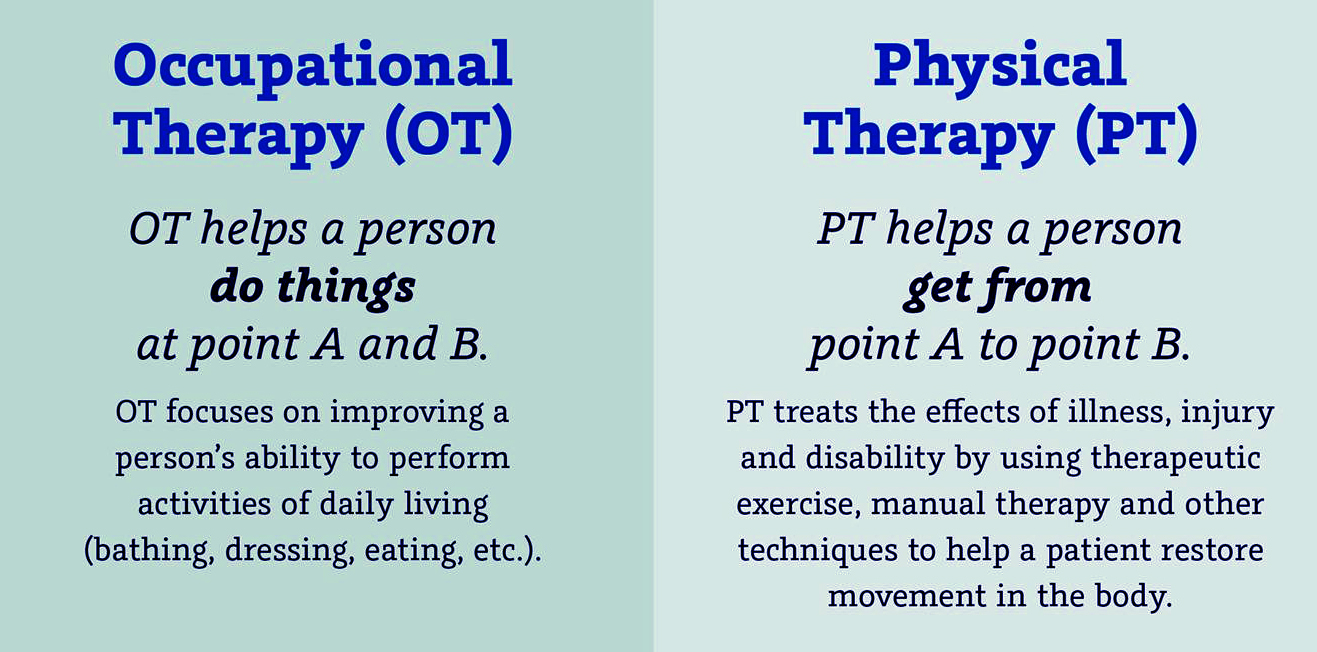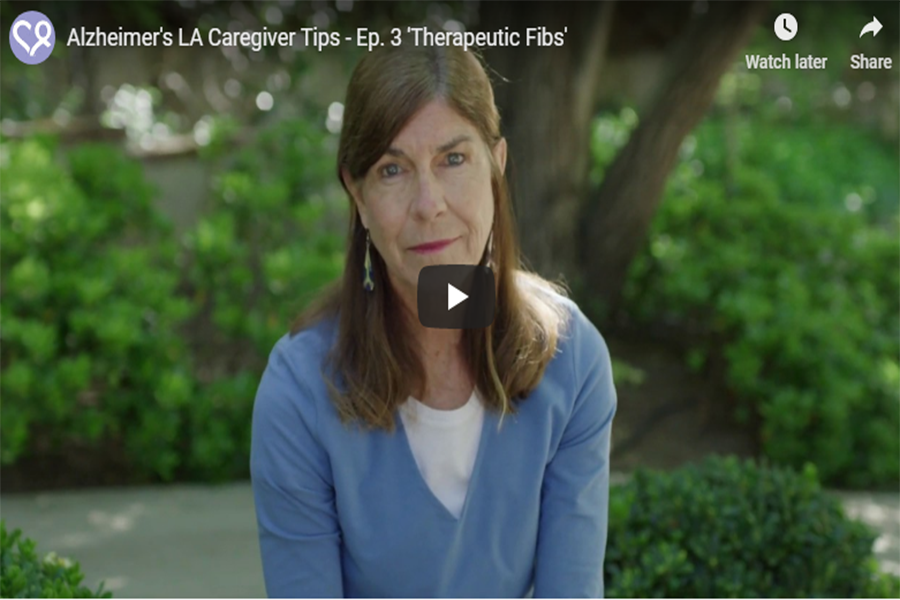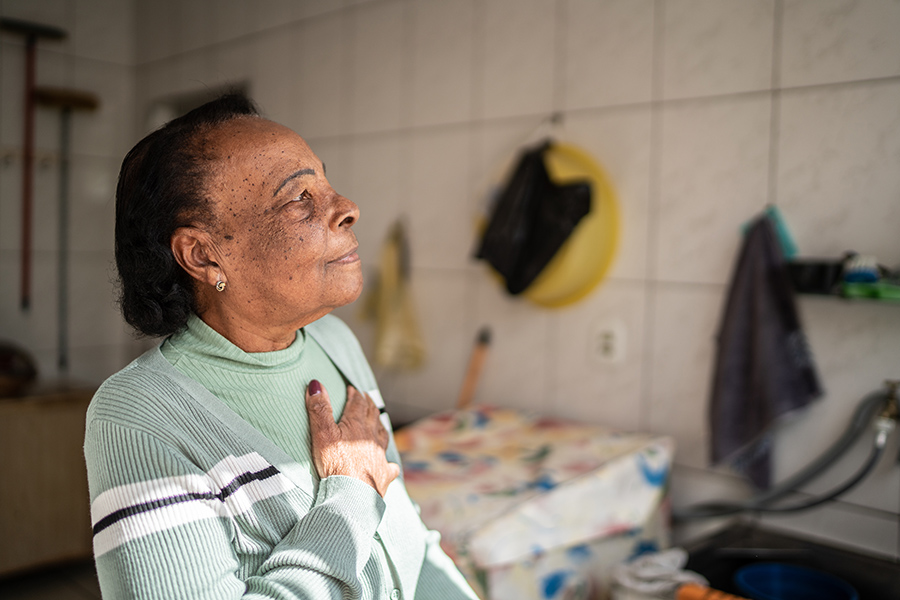Every April, we celebrate National Occupational Therapy Month to honor the differences these vital clinicians make in the lives of individuals and their caregivers. For those who practice it, occupational therapy (OT) is more than a profession; it’s a passion, and it’s about people.
What is occupational therapy?
Occupational therapy is a science-driven, evidence-based profession that enables people of all ages to participate in daily living activities and live better with injury, illness, or disability. This is accomplished by developing a treatment plan that focuses on the whole person, incorporates strategies for everyday living and customizes environments to maximize each person’s potential. Occupational therapists (OTs) and occupational therapy assistants are experts in helping people perform the tasks they need and want to do every day.
In occupational therapy, the clinician takes the person’s psychological, physical, emotional, and social make-up into account to help them function at the highest possible level. Through concentrating on what matters most to each individual, OTs help people achieve their goals and participate in the daily activities they need and want to do.
What is the difference between occupational therapy (OT) and physical therapy (PT)?
While many of their skill sets overlap, the difference lies in the title: “occupation” (activities) vs. “physical” (movement/function). Both professions support patients with physical limitations —such as a patient recovering from injury — but occupational therapists treat the whole person rather than a specific physical issue. Occupational therapists develop a treatment plan that takes into account a person’s behavioral, developmental or cognitive disabilities which affect their motor skills, emotions or behavior.
Another way of looking at it is that OT focuses on improving a client’s ability to perform activities of daily living, and PT focuses on improving a client’s ability to perform a movement of the human body.
What do occupational therapists do?
Occupational therapists help people build skills to participate in life activities. This includes any meaningful activity that a person wants to accomplish, including taking care of yourself and your family, working, volunteering, or going to school, among many others. OTs also make recommendations on:
- ADLs: Activities of daily living, such as bathing, dressing, and eating
- Adaptive equipment for your current life situation
- Caregiver and family training and support
- Planning and making the most of daily routines
- Returning to work, school, and leisure activities
- Techniques to help with memory, concentration, and executive functioning
- Falls prevention and home safety and accessibility
OT services typically include:
- An evaluation that includes a person’s history, life experiences, and interests. This is called the occupational profile, and it highlights what values and activities are important to the person being treated.
- A treatment plan that is unique to each individual, striving to improve that person’s ability to perform daily activities and reach their goal.
- An outcomes evaluation to make sure that the goals set with your occupational therapy practitioner are being met.
Who needs occupational therapy?
OT helps people of all ages who have physical, sensory, or cognitive problems. This includes babies, children, adults and seniors who may have:
- Cognitive challenges
- Birth injuries or birth defects
- Sensory processing disorders
- Traumatic injuries to the brain or spinal cord
- Learning problems
- Autism
- Rheumatoid arthritis
- Mental health or behavioral problems
- Broken bones or other orthopedic injuries
- Developmental delays
- Post-surgical conditions
- Traumatic amputations
- Burns
- Cancer
- Severe hand injuries
- Spina bifida
- Multiple sclerosis, cerebral palsy, and other chronic illnesses
Where do occupational therapy practitioners work?
Wherever daily activities occur, occupational therapy services can be provided. Occupational therapy services may be provided in a person’s home; in community settings (e.g., community centers, shelters, free clinics); in a healthcare setting such as hospitals, nursing homes, outpatient clinics, or primary care offices; or in schools, as well as many other locations.
Occupational therapy practitioners may also work as consultants and experts in: health information technology, human-centered design, community health, schools and higher education, health promotion programs, driving and community mobility, and many others.
Thank an occupational therapist
On behalf of all those we serve, Shield HealthCare thanks occupational therapists and occupational therapist assistants for their commitment to improving lives. Has your life been changed by an OT? Share your story here!
























